The 1960s were a time of huge cultural shifts, but looking back, some things that were once considered ordinary would be hard to imagine today. From fashion trends to societal norms, the decade was full of moments that were accepted at the time but would raise eyebrows now. Things that once felt like no big deal might leave us wondering how we ever thought they were acceptable.
It’s not just about the fashion choices or music that defined the ’60s – there were also some major differences in how people lived, worked, and interacted with one another. What was considered typical behavior back then could be seen as completely out of line by today’s standards. Let’s take a closer look at some of the things from the ’60s that would be nearly unthinkable today.
Smoking in Public Spaces

In the 1960s, smoking was a common sight in public places like restaurants, offices, and even airplanes. People lit up cigarettes without a second thought to the health consequences. Fast forward to today, and such practices are strictly regulated.
Public health campaigns have dramatically shifted perspectives on smoking. The dangers of secondhand smoke and its impact on non-smokers are well-known. Most public spaces are now smoke-free, promoting healthier environments.
It’s hard to imagine a time when lighting a cigarette in a crowded room was acceptable, but it was a hallmark of ’60s culture.
Unrestricted Advertising
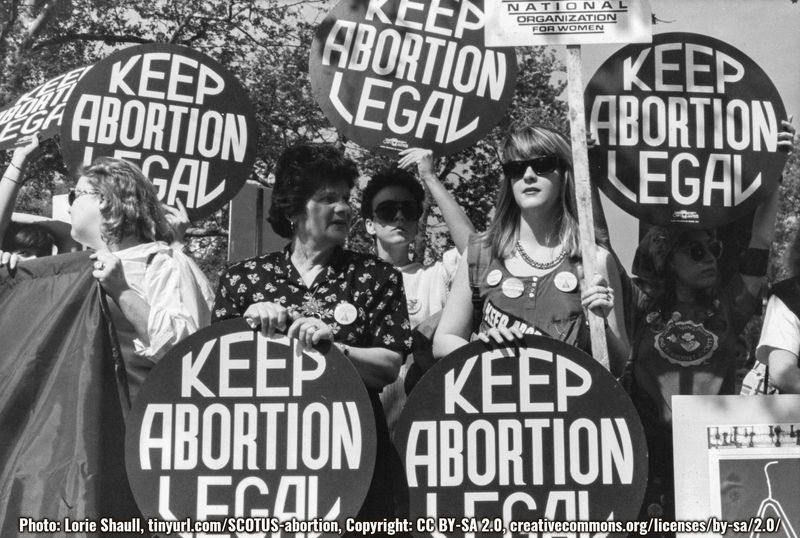
Advertising in the 1960s was a wild frontier, with fewer regulations than we have today. Companies made bold claims about their products, sometimes with little regard for truthfulness. Cigarettes, sugary cereals, and questionable diet pills were marketed aggressively.
Regulatory bodies like the FTC and FDA were less stringent, allowing companies to appeal to consumers with often misleading messages. Today, advertising is bound by stricter rules to protect consumers.
Imagine turning on the TV and seeing ads that blatantly disregard truth in favor of persuasion. The ’60s were indeed a different era in advertising.
Gender Norms and Roles
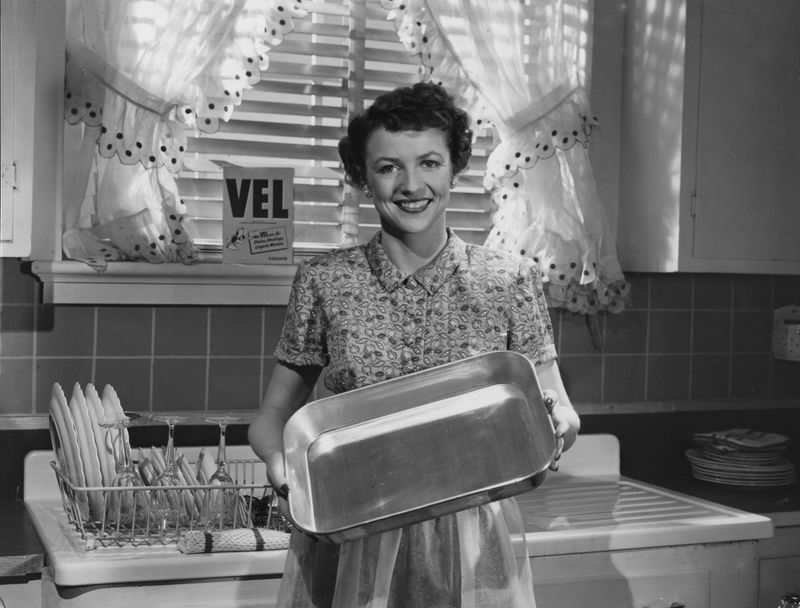
In the 1960s, gender norms were rigid, with clear expectations for men and women. Men were breadwinners, while women were expected to maintain the home and family. Such roles were rarely questioned.
Today, society embraces diverse roles for all genders, breaking free from outdated stereotypes. The workplace and home life have evolved significantly, promoting equality.
It’s astonishing to think back on an era where questioning these roles was uncommon, yet they were integral to daily life in the ’60s. Our progress reflects a significant cultural shift.
Atomic Bomb Parties
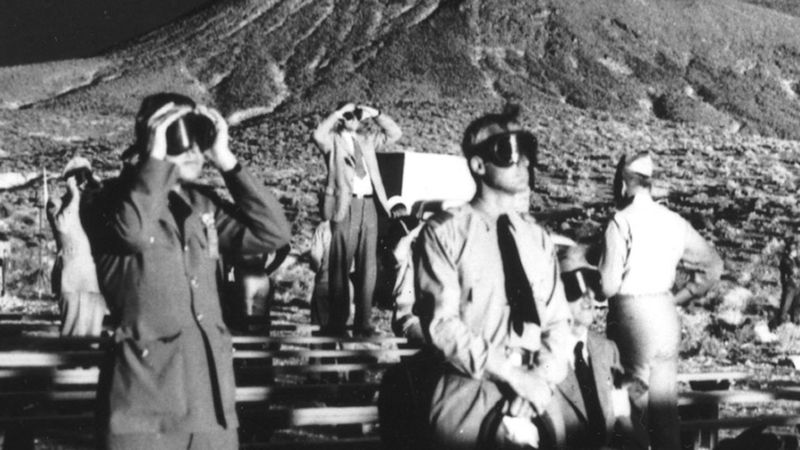
The 1960s saw the bizarre trend of hosting atomic bomb parties. Guests would gather in suburban backyards, sipping cocktails while pretending to witness a nuclear explosion.
The absurdity of celebrating such a catastrophic event is astounding today. People would dress in their finest attire, complete with pearls and suits, as if attending a glamorous affair.
The thrill of flirting with danger added a peculiar excitement to these gatherings. This strange ritual is a testament to the era’s more carefree attitude towards global threats, a mindset now considered reckless.
Poodle Hairdos

In the ’60s, poodle hairdos were all the rage. Women flocked to salons to achieve these voluminous, curl-laden styles.
The process involved elaborate teasing and hairspray applications, creating gravity-defying bouffants. These hairstyles were not just a fashion statement but a cultural phenomenon.
Today, such styles seem overly theatrical and impractical for daily wear. The effort and time required for maintenance are hard to justify in modern times. Yet, they reflect the era’s bold approach to fashion and self-expression, a stark contrast to today’s more subdued styles.
Communal Telephone Booths
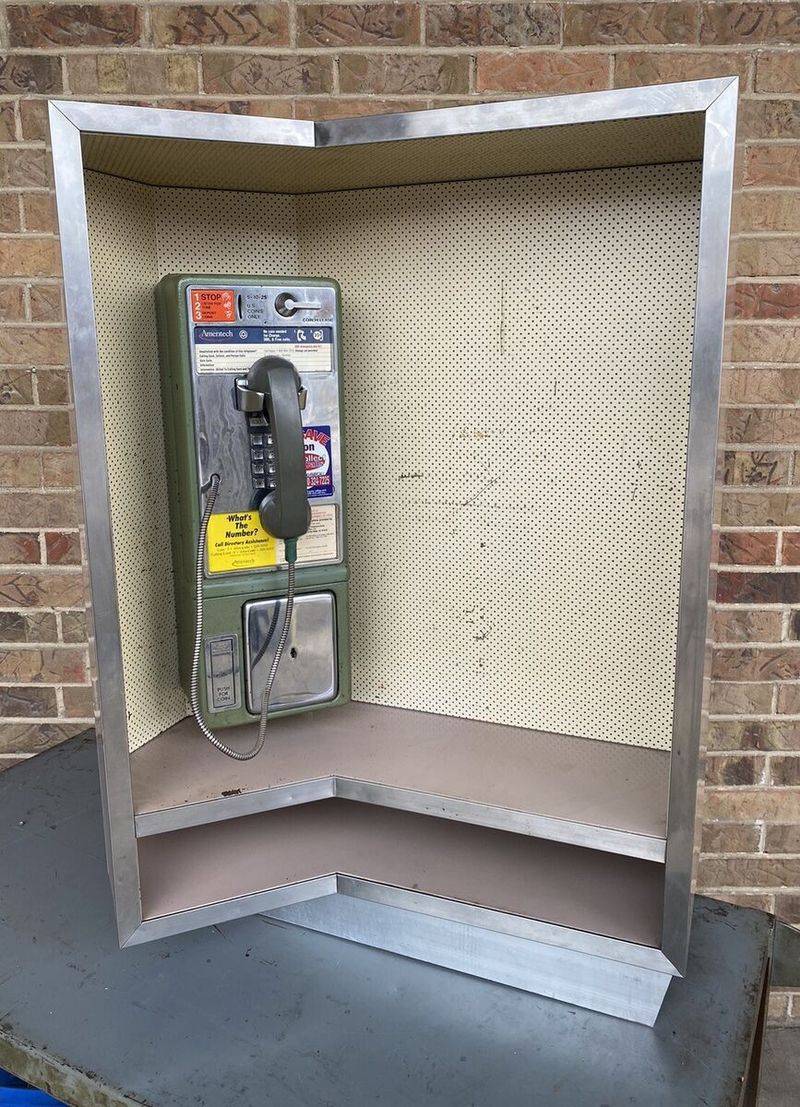
Communal telephone booths were a staple of the 1960s urban landscape. People of all ages queued patiently for their turn to make a call.
In an era before mobile phones, these booths were essential for communication. Conversations were often hurried, given the public setting.
The notion of sharing such private moments in today’s era of smartphones seems unimaginable. Privacy and instant communication have become norms, making the communal booth an antiquated concept. The hustle and bustle around these booths highlight a collective patience and social interaction, a stark departure from the isolation often found in modern communication.
Drive-In Churches

Drive-in churches emerged as a novel concept in the ’60s, blending the convenience of automobiles with spiritual gatherings. Families would park their cars and tune into sermons via speakers.
This setup allowed for a unique worship experience, merging faith with the era’s love for car culture.
Today, the idea of attending church from the comfort of a car seems unconventional, yet it reflects a time when innovation met tradition in unexpected ways. The drive-in church is an example of how communities adapted religious practices to fit the changing lifestyles of the time.
Cigarette Vending Machines
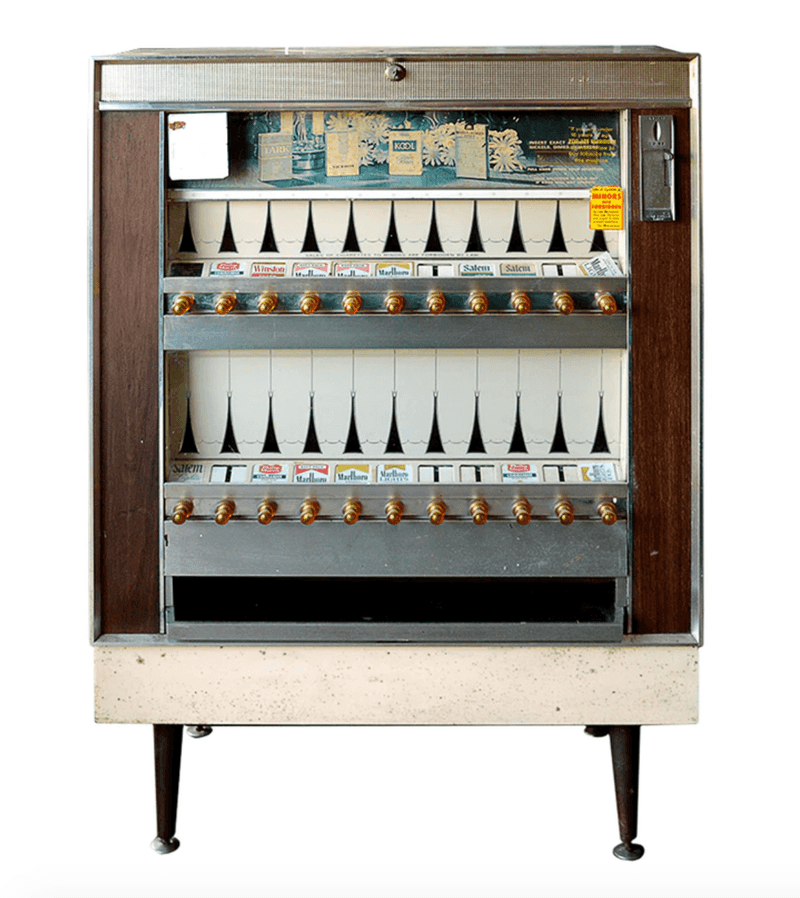
Cigarette vending machines were a common sight in the ’60s, found in diners, bars, and even schools. They offered a quick and easy way to purchase cigarettes.
The machines symbolized the era’s lax attitude towards smoking and its health implications.
Today, with strict regulations and awareness of smoking’s dangers, these machines are relics of a bygone time. Their presence in places accessible to youth would be unthinkable now. This shift highlights the dramatic change in public health consciousness over the decades, reflecting a more health-aware society.
Lawn Darts (Jarts)
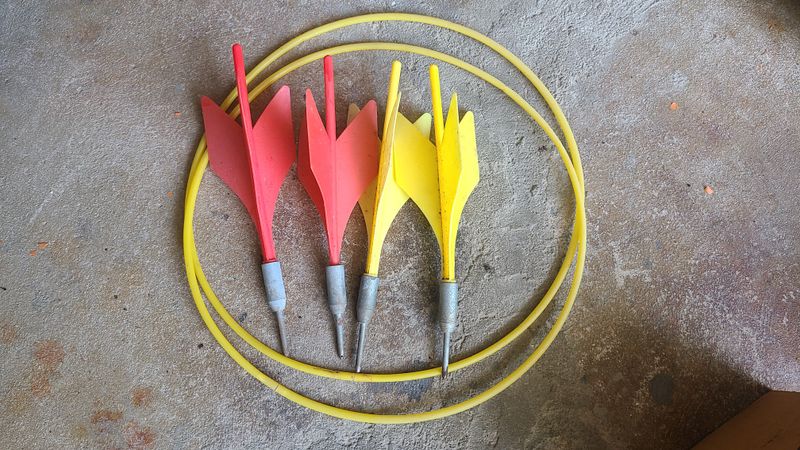
Lawn darts, known as jarts, were a popular backyard game in the ’60s. Families would gather for friendly matches, tossing heavy metal darts towards a target.
Despite the potential danger, the game was marketed as wholesome family fun.
Today, the idea of playing such a hazardous game raises safety concerns. The sharp, weighted darts posed significant risks, leading to their eventual ban. This game serves as a reminder of a time when recreational activities often overlooked safety in favor of entertainment, a perspective that has shifted dramatically in contemporary society.
Psychedelic Light Shows at Concerts
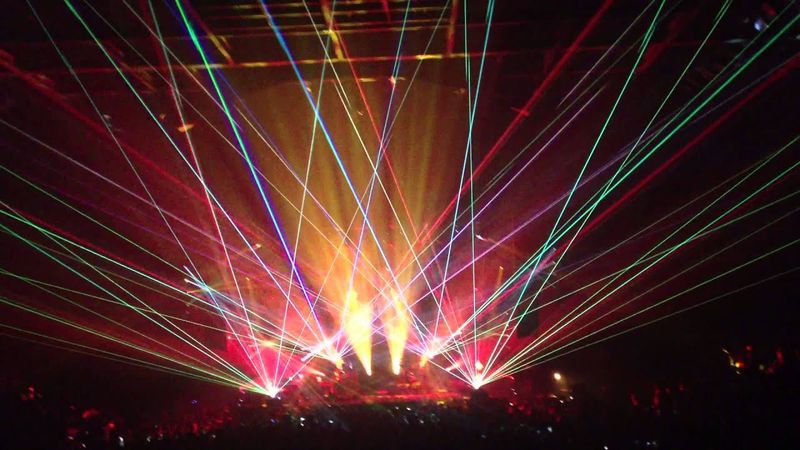
Psychedelic light shows were a hallmark of ’60s concerts, creating a mesmerizing visual experience. Swirling colors and patterns danced across stages, enhancing the music’s trippy vibe.
These shows played a crucial role in the counterculture movement, embodying its spirit of creativity and rebellion.
While modern concerts use advanced technology for visual effects, the raw, experimental nature of ’60s light shows is unmatched. The era’s willingness to push artistic boundaries is celebrated, yet replicating such an experience today would feel nostalgic, if not outdated. It’s a testament to the innovative spirit that defined the decade.
